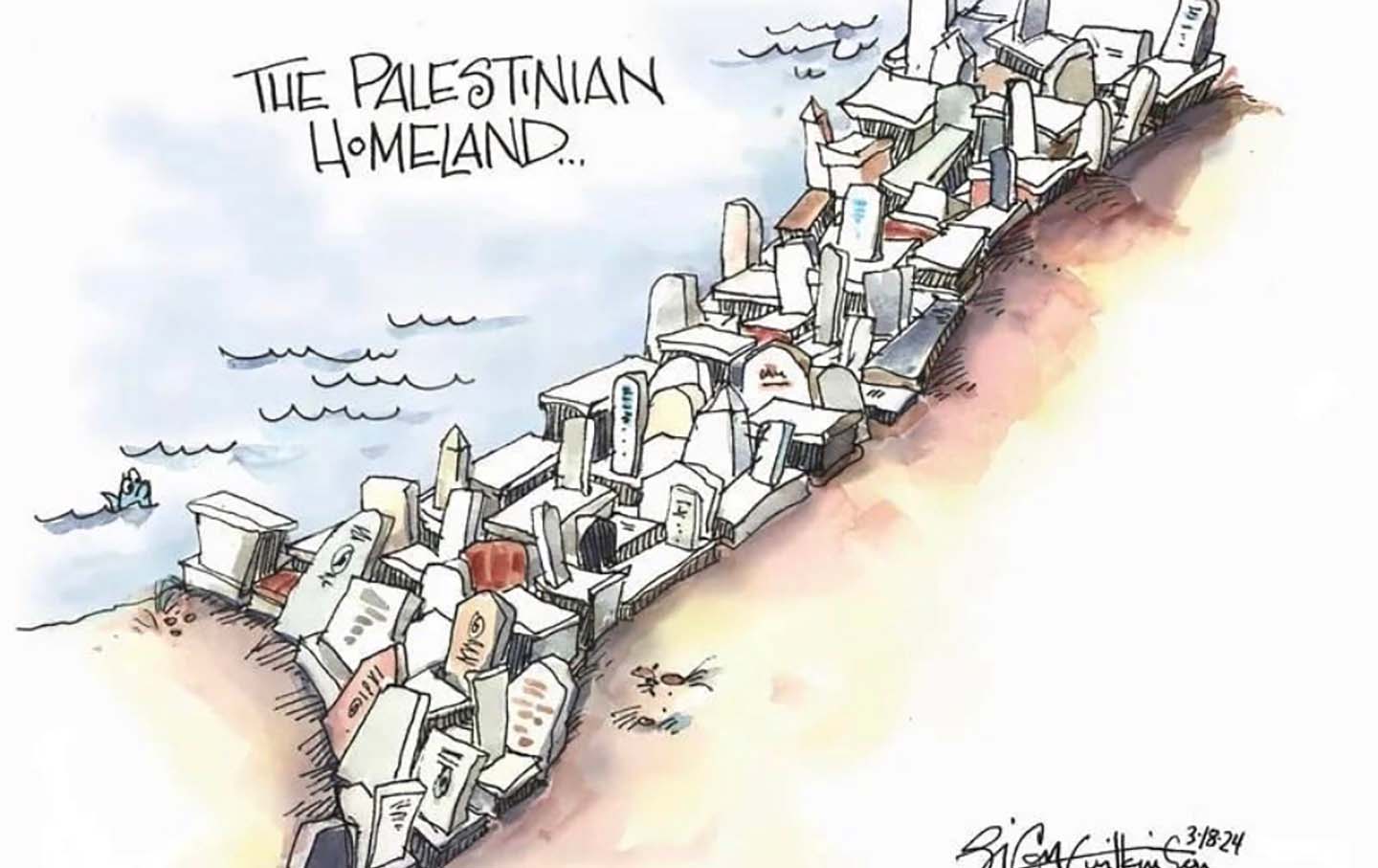Mint used to be at the top of just about every list for the best budgeting apps, but if you see it appear on one now, that list is outdated. The popular app shut down in the spring of 2024, leaving millions of people searching for a new way to manage their money.
Thankfully, if you’re one of these people, you have plenty of other options. These six candidates are worth exploring.
Rocket Money
Best overall replacement
Cost: Free version available; premium version costs between $4 and $12 a month (your choice); bill negotiation feature charges between 30% and 60% of the first year’s savings
Ratings: iOS: 4.2 out of 5 stars/Google Play: 4.3 out of 5 stars
Available on: iOS and Android
Rocket Money functions similarly to Mint, but depending on what you need, it might actually be even better. The free version offers basic budgeting tools that may be sufficient for some users. If you want more customization, the paid version costs $4 to $12 a month. You select your price, and you get the same features however much you pay. It also has a seven-day free trial to test it out, as well as a bill negotiation service. Rocket Money won our 2024 Editors’ Choice award for best budgeting app. And if you use it to cancel unwanted subscriptions, it can help save you some serious cash.

PocketGuard
Best for debt payoff
Cost: Free version available; premium version costs $12.99 per month or $74.99 per year
Ratings: iOS: 4.6 out of 5 stars/Google Play: 3.9 out of 5 stars
Available on: iOS and Android
PocketGuard is straightforward to use. Its free version offers basic budgeting features, and its paid version provides additional features like unlimited savings goals, longer transaction histories and debt payoff planning (a feature that sets it apart from Rocket Money). However, unlike other budgeting apps, PocketGuard doesn’t offer a free trial, so you can’t test out its paid version to see if it’s worth the price for you.

Quicken Simplifi
Best for an overall snapshot of your finances
Cost: $2.99 a month, billed annually
Ratings: iOS: 4 out of 5 stars/Google Play: 4.1 out of 5 stars
Available on: iOS and Android
Quicken Simplifi’s interface isn’t as clean as Rocket Money’s and PocketGuard’s, but it offers a broader look at your personal finances, including assets, liabilities and net worth, as well as a wide variety of customizable reports. With its low price, this makes it worth considering if you want to manage your finances on one platform.

YNAB
Best app for serious budgeting
Cost: $14.99 a month or $99 a year
Ratings: iOS: 4.8 out of 5 stars/Google Play: 4.6 out of 5 stars
Available on: iOS and Android
YNAB — which stands for You Need A Budget — isn’t a set-it-and-forget-it budgeting tool. This app requires thoughtful consideration about where your money is going. You’ll get spending trackers, savings goals and payoff strategies, but you’ll also learn how to live by financial rules that can serve you for the rest of your life. Additionally, YNAB offers a regular calendar of workshops to make the most of the app.

Monarch
Best budgeting app for couples
Cost: $8.33 a month, billed at $99.99 annually
Ratings: iOS: 4.9 out of 5 stars/Google Play: 4.6 out of 5 stars
Available on: iOS and Android
Monarch offers a generous 30-day free trial, shared savings goals for couples and monthly reports emailed to each user. This can be a helpful way to have a third party keep you in check without paying for a financial planner.

Albert
Best for expert advice
Cost: $14.99 a month (billed monthly)
Ratings: iOS: 4.6 out of 5 stars/Google Play: 4.1 out of 5 stars
Available on: iOS and Android
Instead of syncing your banking data, you could simply replace your bank with Albert. The all-in-one app offers savings, investing and budgeting tools. But the real difference-maker is the Genius offering, which lets you connect with finance experts to get advice on big decisions like buying a car and saving for a down payment. To be clear, the company isn’t a standalone bank, but it does offer FDIC-insured savings products via Sutton Bank, Coastal Community Bank and Wells Fargo.
What to look for in a budgeting app
A free trial period: Choosing the right budgeting tool should be like choosing a new car — you should be able to take it for a test drive. Most budgeting apps offer free trial periods that range from a week to a month. Use those free windows to compare your options and get a sense of what works best for your lifestyle.
The ability to grow with you: You might be focused on reducing your spending or paying off your credit card bill right now. Down the road, though, you may want to monitor investments and plan for retirement. Look for an app with robust enough features to serve you as your needs evolve.
The security protocol: Anytime you share your banking information, it’s essential to verify that the company is doing everything possible to protect it. Make sure the app uses bank-level security so your data is encrypted at the highest level.
What the app does with your data: Your budgeting app will know everything about you — what you’re buying each week, what kind of credit card you have, how much you spend on your housing payment and more. Some apps use that information to target you with advertisements for new products or services from its marketing partners, so be sure to read the privacy policy before signing up.
Alternatives to using a budgeting app
A budgeting app can be very helpful, but there are other ways to manage your money. Most big banks offer helpful budgeting features within their apps. For example, PNC’s Virtual Wallet provides a categorized look at your spending, and the Chase mobile app includes a day-by-day spending breakdown for your credit and debit cards. Before you add another app to your phone, review your bank’s app to determine if it can help you make better decisions with your money.
If you don’t want to use your phone to monitor your cash flow, consider creating an Excel spreadsheet or going old-school: Sit down every week with a pen and a piece of paper to crunch your numbers.
FAQs
There are plenty of replacements for Mint, although the best options tend to cost money vs. Mint’s $0 price tag. The best choice for you depends on your budgeting style and preferences. With many budgeting apps offering free trials, it’s worth testing out a few to find the one that suits your needs.
The leading budgeting apps all use bank-level security to protect your data. Still, it’s equally important to do your part to protect your confidential information, such as using a strong, unique password, enabling two-factor authentication and avoiding sharing any information over public Wi-Fi networks.
It might sound strange to pay money for a service to help manage your money, but the best budgeting apps can be well worth the investment. Think of it this way: You’re paying a few bucks a month for services like Netflix and Hulu. Why not pay a few bucks a month for something that will make you feel more financially secure? Since many budgeting apps can help save you money, you can get a nice return on the monthly fee.
WallyGPT, the first AI-powered budgeting app, seemed like it could be an interesting alternative to Mint, but it’s no longer available in the US.
Methodology
CNET reviews financial apps by comparing them across set criteria. We consider the features and functionality of each budgeting app, including the user experience, interface, support options and overall value compared to the price. We also evaluate key features and the ability to transfer data from the Mint app.
Other budgeting apps we tested
Empower, Goodbudget, EveryDollar, Zeta, Fudget and Honeydue.


